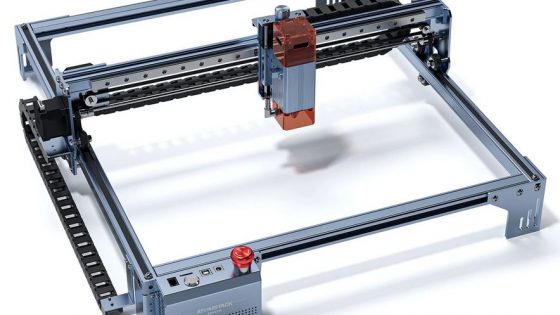Women in leadership positions in the technology sector are outpacing their male counterparts in adopting generative artificial intelligence

In its latest survey, the Boston Consulting Group (BCG) found out what proportion of women and men use applications based on generative artificial intelligence. The research, titled "Women Leaders Paving the Way in GenAI," includes data from more than 6,500 female and male employees from Germany, India, Japan, the United States, and the United Kingdom. The survey participants represent four levels of management positions and eight functions within the technology sector.
Historically, women have always been less inclined to adopt new technologies than men. For example, a 2020 YouGov report found that women represented less than 40 % early adopters of new technologies among consumers. If the adoption of generative artificial intelligence follows a similar trend, the gender gap in the tech sector could widen even further.
“Today, fewer than 30 % leadership positions in the technology sector are held by women, but it is precisely women in high positions within this sector who are deploying generative artificial intelligence (GenAI) more often and more effectively. This represents a key opportunity to inspire and mentor younger female colleagues to better understand and embrace GenAI," emphasizes Melanie Seier Larsen, Managing Director and Partner at BCG. "Understanding the strategic importance of GenAI is key to the progress and equal representation of women in all industries, not just technology. Therefore, it is imperative that companies support and develop strategies for the education and training of women at all levels, as this will help create a more balanced and inclusive work environment," concludes Seier Larsen.
The use of GenAI varies considerably by management level, job function, and age
In the survey, 68 % women in the technology industry reported using GenAI tools at work more than once a week, compared to 66 % men. Women in leadership positions in technical sectors such as engineering, IT, customer service, sales and marketing are 14 percentage points ahead of their male counterparts in using GenAI.
However, progress in the use of GenAI is not evenly distributed across all sectors. Women in management positions in non-technical sectors such as HR, legal and finance are almost equal to men, trailing by only 2 percentage points.
The gap widens for lower managers (Junior Managers), where women lag behind their male colleagues by 5 to 12 percentage points. This gap is particularly pronounced among younger women in technical positions, who lag behind men by 7 percentage points, posing a significant challenge to gender balance among upcoming tech talent. In non-technical jobs, younger women lag the most in adoption of generative artificial intelligence, by 21 percentage points.
Three key factors influencing gender differences in GenAI adoption
Despite men and women having comparable levels of confidence in and use of generative AI tools, three key factors influence differences in GenAI adoption.
- Realizing the impact of GenAI: older women show equal or greater awareness of the potential of GenAI than men, while younger women lag behind their male counterparts. This gap in awareness among younger women in technical and non-technical jobs indicates less exposure to strategic discussions and pilot projects in the field of generative artificial intelligence, which affects their involvement in the technology.
- Confidence in using GenAI: a lack of confidence in the effective use of generative AI can be seen among younger women in all workplaces, leaving them behind their male counterparts. This phenomenon is particularly pronounced in non-technical fields, where even older women, despite recognizing the importance of GenAI, lag behind men. The lack of self-confidence among women, especially at lower levels, could be related to the limited representation of women in technical segments.
- Acceptance of risks: older women show the same or even greater willingness to take risks than their male counterparts. In contrast, young women in technical positions often feel constrained from experimenting, especially with new technologies, as they have less experience and less authority.
Closing the gender gap in the technology sector
Reducing the gender gap in the technology sector is possible if companies take a strategic approach to the introduction and expansion of the use of GenAI. It is important that business leaders not only encourage the understanding and integration of generative artificial intelligence into business strategies, but also clearly express expectations that its use is a priority. Companies must develop targeted training programs that enable employees to acquire the necessary skills and confidence to use them effectively. In addition, the creation of robust pilot projects and clear policies for the responsible use of artificial intelligence that create a safe environment for testing new technologies is essential. In this environment, proactive career management is also key, allowing women to take leadership roles in GenAI-related projects, becoming an inspiration and role model for others.






























